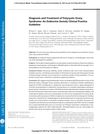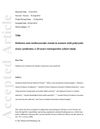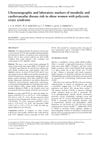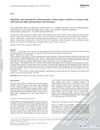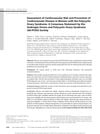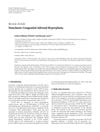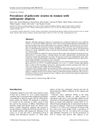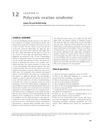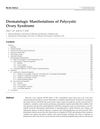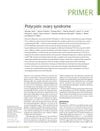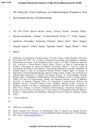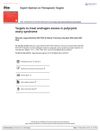History and Physical Examination of Polycystic Ovary Syndrome: Detecting Too Much or Too Little
July 2015
in “
Cambridge University Press eBooks
”
polycystic ovary syndrome androgen excess ovarian dysfunction hirsutism acne alopecia acanthosis nigricans skin tags hyperandrogenism anovulation menstrual irregularities metabolic syndrome type 2 diabetes mellitus obstructive sleep apnea cardiovascular disease nonalcoholic fatty liver disease infertility pregnancy complications endometrial carcinoma PCOS excess androgens hair loss dark skin patches skin growths irregular periods diabetes sleep apnea heart disease fatty liver disease difficulty getting pregnant pregnancy issues uterine cancer
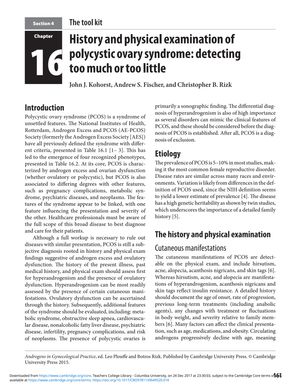
TLDR The document concludes that careful history and physical exams are crucial for accurately diagnosing polycystic ovary syndrome and distinguishing it from other similar conditions.
The document from 2015 provides a comprehensive overview of polycystic ovary syndrome (PCOS), a condition characterized by androgen excess and ovarian dysfunction, with a prevalence of 5-10% and high genetic heritability. It outlines the importance of history and physical examination in diagnosing PCOS, which is a diagnosis of exclusion, and the need to rule out other diseases with similar presentations. Key physical exam findings include hirsutism, acne, alopecia, acanthosis nigricans, and skin tags, with hirsutism being the most indicative of hyperandrogenism. The document also discusses the high prevalence of anovulation and menstrual irregularities in PCOS patients, the link between PCOS and metabolic syndrome, and the increased risk of type 2 diabetes mellitus. It highlights the associated health risks such as obstructive sleep apnea, cardiovascular disease, nonalcoholic fatty liver disease, psychiatric issues, infertility, and pregnancy complications. Additionally, it notes the increased risk of endometrial carcinoma and the importance of considering differential diagnoses. The document underscores the need for a thorough evaluation, including a review of systems and detailed physical exam, to provide the best diagnosis and care for PCOS patients.
